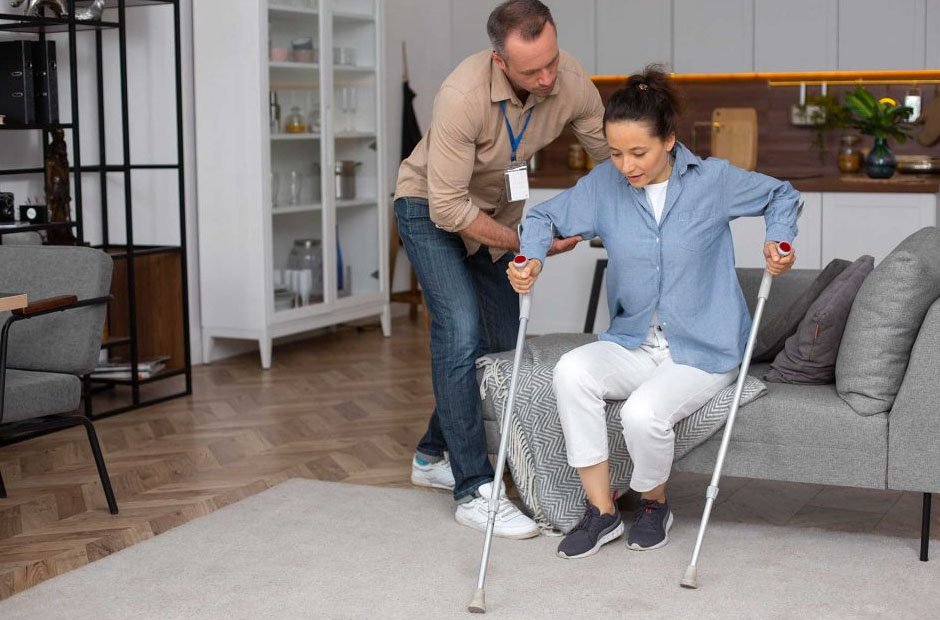The pursuit of independence is a fundamental desire shared by most individuals, and this is no less true for persons with disabilities. Yet, historically, societal support structures have often been ill-equipped to cater to the unique needs of these individuals, prioritising care in more restrictive environments. However, the paradigm is shifting towards one that values autonomy and empowerment, largely through the emergence of supported independent living accommodation. This model of care represents a significant stride forward in the recognition and facilitation of independent lifestyles for people with varying degrees of support needs.
Understanding Supported Independent Living Accommodation
Supported independent living accommodation, also known as SIL, refers to services and supports that assist individuals with disabilities to live as independently as possible. These living arrangements are customised to the individual’s abilities and goals, providing the necessary support for daily activities while promoting their autonomy.
The ethos of SIL is grounded in the concept that every person has the right to control their life. This includes choosing where and with whom they live. In these settings, residents are not merely passive recipients of care; they are active participants in their journey towards independence.
The Benefits of Supported Independent Living
Choosing a supported independent living accommodation offers numerous benefits. It fosters a sense of control over one’s environment and decisions. Residents are encouraged to partake in community activities, learn new skills, and engage in employment opportunities, all of which contribute to an enriched sense of self-worth and social inclusion.
Beyond the psychological benefits, SIL also provides practical advantages. It ensures that individuals receive the appropriate level of care tailored to their needs. Whether it’s help with cooking, managing finances, or personal care, support is at hand to enable residents to live confidently.
Customised Support Plans
One of the cornerstones of supported independent living accommodation is the personalised support plan. This is a blueprint for the individual’s needs and aspirations, detailing the support required to live as independently as possible. It covers aspects of health and wellbeing, daily living skills development, social interaction, and any additional specialised care.
These plans are developed in collaboration with the individual, their family, and care providers, thus ensuring a holistic approach that values the input of all parties. Regular assessments allow for the modifications of these plans, reflecting any changes in the resident’s circumstances or aspirations.
Challenges and Considerations in SIL
Despite its numerous benefits, the road to independent living does come with challenges. The biggest hurdle remains the shifting of perception – both societal and individual – towards capability rather than limitation. Moreover, the financial and logistical aspects of coordinating SIL can be complex, necessitating a cooperative effort among stakeholders.
Adapting to a supported living environment also requires a period of transition for residents. They must blend into a new routine, adjust to living with others if not in a single accommodation, and learn to trust support workers. Navigating this change can be daunting, but with the right support system, it can also be a transformative experience.
Technological Integration in Supported Living
In our digital age, technology plays a pivotal role in enhancing the experience of supported independent living. Advances in assistive technology can empower residents with tools to manage their health, safety, and communication more effectively. Such technologies include adapted appliances, emergency response systems, and software designed for accessibility.
Moreover, the digital sphere offers an avenue for residents of SIL to connect with the wider community, fostering relationships and a sense of belonging. It can assist in overcoming physical limitations, allowing for broader participation in social, educational, and vocational activities.
Celebrating Success Stories
Success stories from those who have transitioned to supported independent living are testaments to the model’s effectiveness. They highlight not just the practicality of SIL but also the profound impact autonomy has on an individual’s confidence and life satisfaction. Tales of residents thriving in their new homes, developing friendships, and achieving personal goals are powerful motivators for potential SIL participants.
The rise of supported independent living accommodation is a reflection of societal progress towards embracing the individuality and potential of all its members. The growth in this area of care and support is encouraging, indicating a promising direction for future developments in disability support services.
Conclusion
The provision of supported independent living accommodation is more than just an alternative to traditional care models. It’s a commitment to empowering individuals with disabilities to lead the lives they choose, lives of dignity and self-determination. As this model continues to gain momentum, it opens up new horizons for what can be achieved when we embrace autonomy and support individuals in striving for their unique potential.
For those seeking to explore the options of SIL, it is important to thoroughly understand the services and supports available, and work with experienced and compassionate providers who can help navigate the intricacies of this life-changing journey.
The trajectory towards independent living, fortified with adequate support, is not just a trend—it is an essential movement, one that champions the rights and aspirations of every individual. In the pursuit of this noble goal, supported independent living accommodation stands as a beacon of possibility and progress.



